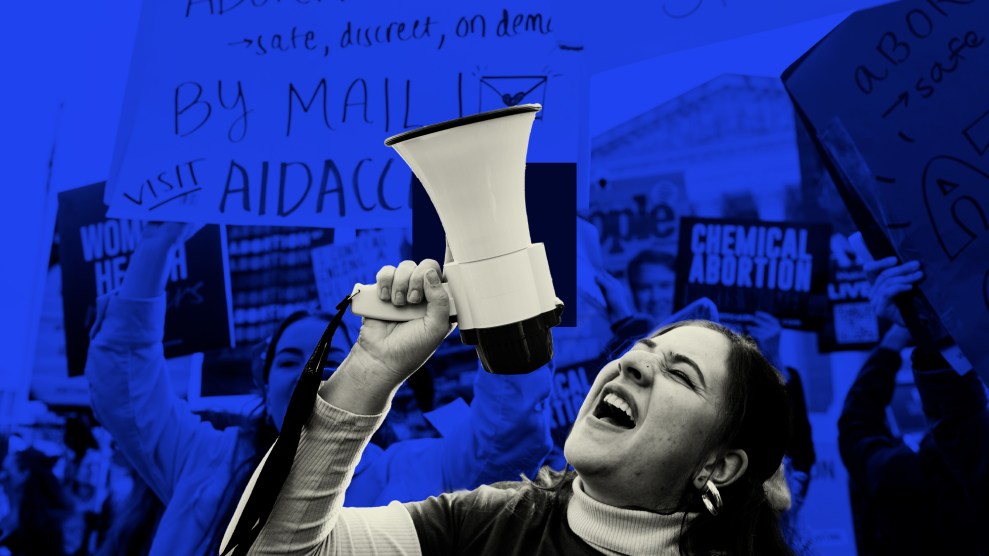Annie Lowrey writes today about Cindy Paoletti of Salina, New York, part of the recent surge in the long-term unemployed, a problem that’s far, far more pronounced in this recession than it has been in past ones. “Of the 15 million unemployed in America,” she reports, “over 7 million have been out of work for more than six months, nearly 5 million for a year and over 1 million for two years — the worst statistics since the government started keeping count in 1948.” Despite this, legislation to extend unemployment benefits is stalled in the Senate. Matt Yglesias comments:
It’d probably be more expensive to mount a real jobs program — like a program where you show up somewhere and they give you a job — than to simply keep extending UI, but it’d be better to establish something for folks who’ve been out of a job for over a year where we actually employ them doing something. We should give Paoletti money, and we should also give her something to do. It just can’t be that there’s absolutely nothing of public use that could be done in-or-around Salina, New York.
Pundits like us don’t really have an obligation to produce detailed white papers as the price of entry for criticizing public policy. Still, I can’t help but feel that a case like this requires something. Sure, there’s probably a job somewhere around Salina for Paoletti. But what we’d really need are public jobs for all 5 million of the people who have been unemployed for over a year. I’m just not sure what that would look like, and I’d like to hear at least a remotely plausible scenario for creating quick, useful public jobs on that kind of scale in a sluggish economy before I insist that there must be a way to do it.
It’s not as if this is a brand new problem, after all. We’ve had a vast industry dedicated to finding work for welfare recipients and the unemployed for decades. So we have a pretty good idea of what the shape of the river is. And we haven’t found an answer yet. It’s possible that throwing a lot more money at it would do the job, but I doubt it. If consumer demand isn’t there, it isn’t there.
Which of course is the problem. Matt has argued tirelessly for an economic policy that spends less time worrying about nonexistent inflation worries and more time spending federal dollars to boost demand and close the output gap. And that’s the thing to argue for. If we’re not willing to do that, though, count me as skeptical that the federal government can somehow create public works projects for 5 million people. I’m certainly willing to change my mind if someone out there has done the serious, detailed work to show that it’s more plausible than I think, but I haven’t really seen that yet.

















